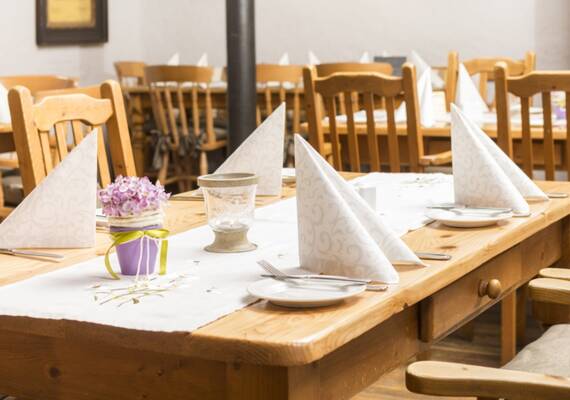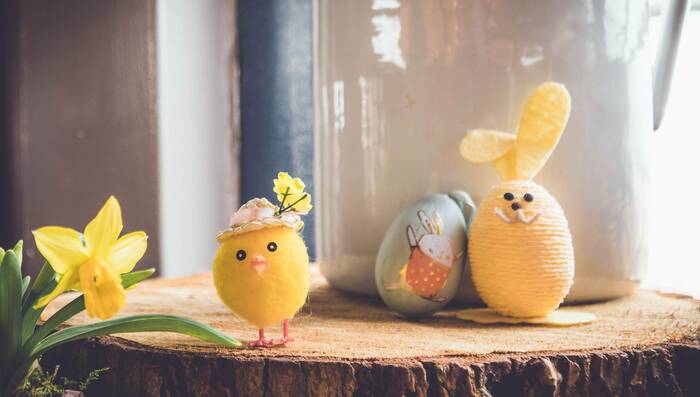Erleben Sie unser uriges Haus im Herzen der Burgstadt Kastellaun im Hunsrück mit seinen historischen Mauern und dem antiken Interieur – ganz gleich ob Sie sich mit den Speisen unserer ländlich-frischen Küche verwöhnen oder sich eine Auszeit in einem unserer gemütlichen Hotelzimmer gönnen möchten: das ganz besondere Ambiente wird auch Sie umfangen. Unser persönlicher „Service mit Herz“ soll Ihnen Ihren Aufenthalt so angenehm wie möglich machen. Wir würden uns freuen, Sie schon bald bei uns begrüßen zu dürfen.





















